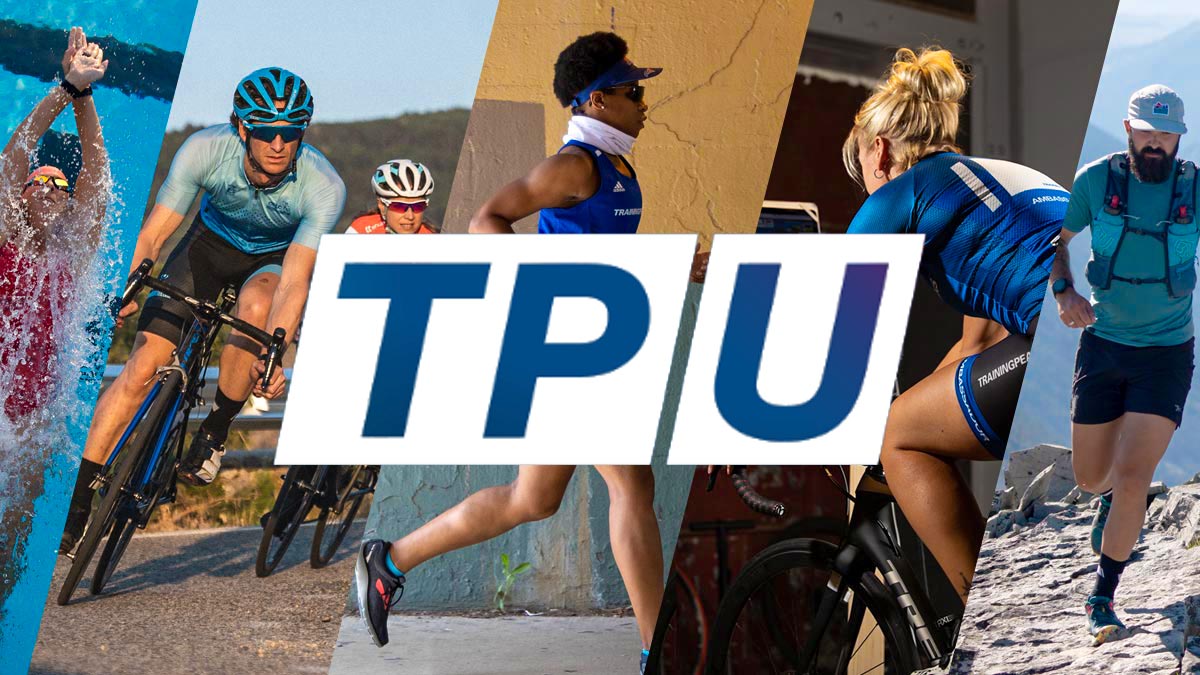We’re in unprecedented times. The world is grappling with a pandemic on a scale that’s never been experienced by any living generation. While we all need to hold up our end of things by being as responsible as we can, it doesn’t come without disruption, changes and even frustration for the athletes that we work with. As more information is released and the full scope of the COVID-19 pandemic is realized, it’s our responsibility as coaches to help athletes adapt so they maintain motivation and focus.
Adjusting Expectations
At the start of the season, we work with athletes to map out what the year ahead is going to look like. We discuss priorities, goals, and expectations. Athletes build a mental map of what they expect the season to look and feel like. Disruptions to race calendars comes a need for adjusted expectations. What we were hoping to accomplish is no longer realistic, or certainly, the timeline needs to be altered. One of the best things we can do for our athletes is to guide them through how to reset expectations for their new roadmap. Here are a few of my go-to questions when I lead athletes through this exercise:
What can we realistically accomplish this year, given the current circumstances, your time constraints, family obligations, etc.?
Can we use this time to work on process-based goals? Things such as confidence, optimism, mental strength, and resiliency can help us handle swift changes in our expected outcome.
What is required to see this new plan through? Changes in schedule, work environment, child care, etc. can make this a very important step given the current climate.
Helping Athletes Redefine Goals
More than likely, the biggest impact athletes will feel is the cancelation of races. It’s only natural for athletes to use races as waypoints throughout their season. They see them as beacons that push them forward and help them maintain their motivation and drive. Without races, how do we help an athlete maintain their motivation?
It’s important to contextualize races in relation to an athlete’s journey to realizing their full potential. While races are important, they are small portions of the total work that an athlete performs. If races are seen through the proper lens, when they’re canceled it doesn’t have to mean an athlete’s goals are totally derailed. If too much weight is placed on any singular event it can set the athlete up for failure. There’s always the chance that something could go wrong like sickness, family emergencies, job relocation, or thousands of other things.
Help athletes refocus and recenter as you look forward. Instead of specific race goals what else can you focus on? Take more time to develop limiters, double down on mental skills, work in more at-home strength sessions, and focused interval workouts. We’ve been given more runway to guide our athletes towards increased fitness, confidence, and resiliency. These are not bad things if we look at them in the right light.
Get Creative
Dynamic circumstances call for dynamic solutions. We, as coaches, are experts in guiding our athletes through individualized solutions and this pandemic is no different. Don’t hold the line just because you had plans in place for a specific training block or race build-up. Be fluid in your approach and think on your feet. It is times like these are when the coach-athlete relationship shines the brightest. Here are a few areas that may require the biggest changes:
Volume
If your athletes are unable to safely get outside, then their training time will be limited. This is the time of year many athletes are starting to really push TSS and drive CTL upwards. Quality over quantity is always a good mantra. Write structured sessions to target key areas, bolster limiters, and continue to build strength if the long ride or run is off the table.
Strength Training
Gyms are closing every day. Many athletes rely on the gym equipment to execute their strength training workout. If your athletes no longer have access to a gym, that’s okay. Switch to mobilization work, bodyweight training, and/or yoga.
Group Activities
Whether it’s a race or a group ride or run, almost every gathering is canceled. The group atmosphere helps to keep many of our athletes motivated, especially coming out of the winter in the Northern Hemisphere. Use tools like Zwift to integrate virtual group activities and races. Host meetups online, and use Strava to interact with your athletes. Create individual challenges for athletes in place of races to help them see progress and maintain motivation.
We all know that being a coach is about so much more than writing a solid training plan. We’re there for the highs and the lows with our athletes, and when things don’t go as planned that’s when our expertise is needed most. Redefine expectations and goals with your athletes to provide a clear and actionable path forward. While these may be unprecedented times, our jobs as coaches remain the same. We’re there to be a supportive and guiding light for every athlete we’re fortunate enough to work with.



